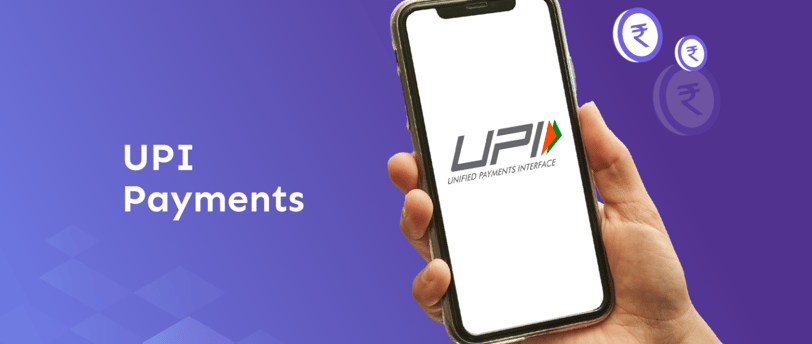How UPI Changed the Way I See Payments in India
A personal take on how UPI transformed everyday payments in India — from chai stalls to full-scale merchant integrations. I share real experiences, tech insights, and the messy beauty behind seamless transactions.
5/3/20252 min read


I still remember the first time I saw someone pay for chai using UPI. It was sometime around 2018, at a small tea stall outside a railway station. No cards, no cash—just a quick scan and a beep. The chaiwala looked more confident handling QR codes than some businesses I’d worked with. That moment stuck with me.
Fast forward a few years, and I’ve worked on multiple projects that involved UPI at different levels—API integrations, switch management, refund tracking, dispute handling—you name it. But even today, I find myself amazed by how deeply this system has changed India’s payment DNA.
Let me break it down, not like a whitepaper, but how I’ve lived it.
🧠 What Makes UPI So Special (From a Techie's Lens)
There’s a simplicity in how UPI works on the surface—just a VPA, a scan, or a mobile number. But under the hood, it’s an elegant orchestration of PSPs, banks, switches, and regulators.
I remember integrating a UPI Switch for a client. We had to make sure every request-response flow followed NPCI standards to the dot. Every delay, every misstep, got flagged. It forced us to write clean, accountable code. Honestly, it made me a better developer.
And the best part? Once it was live, watching real people use it was a whole different kind of joy. You write thousands of lines of code, and then someone buys groceries with it. That’s real impact.
🔄 Refunds, Disputes & the Messy Side
If you’ve ever worked behind the scenes of a UPI system, you know it’s not all smooth. Refunds are tricky. Disputes between banks take time. Users don’t care about backend logic—they just want their money back.
One of my most fulfilling projects was building a dashboard that tracked UPI refunds for a large merchant. We gave real-time visibility to the support team. Instead of endless Excel sheets, they had actionable insights. It didn’t change the system, but it changed how they worked. That felt like a win.
🤝 Beyond Tech: The UPI Mindset
UPI isn’t just a payment tool; it’s a shift in thinking. I’ve seen small merchants with no GST number and no digital footprint run their business entirely on UPI. Some of them don’t even know what “POS” means—but they know when their next transaction is coming in.
That’s power. That’s inclusion. And in many ways, it’s what makes me excited to work in this space.
🛠 Final Thought
I often get asked, “Is UPI future-proof?” My answer: it already feels like the future. The fact that it’s so widely adopted and yet constantly evolving—(hello UPI Lite, UPI Credit)—means it’s not going away anytime soon.
And as someone who’s worked inside the system and observed it outside, I can say one thing for sure: there’s no going back. UPI has become more than infrastructure—it’s a habit.
